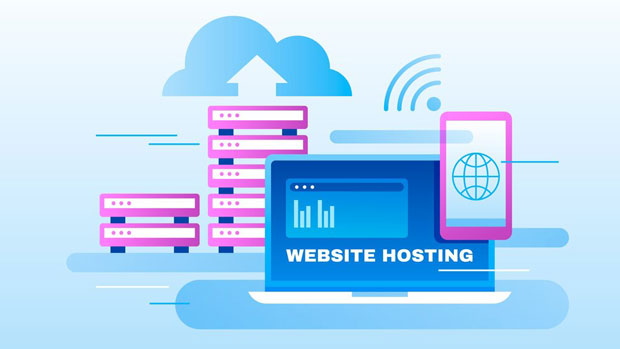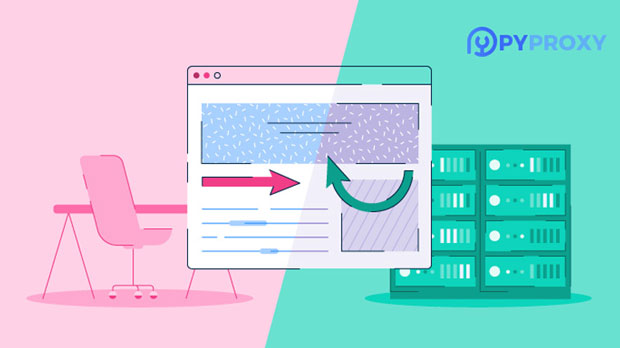In the world of online residential proxies, geographical coverage is one of the most important factors for users who seek to navigate the internet without leaving a trace. Proxy site services are designed to allow users to bypass geographical restrictions, ensuring privacy and anonymity while accessing content worldwide. These services often offer proxies in various regions, each with its own set of benefits and challenges, as well as differing price structures. The price of residential proxies can vary depending on the region, the number of IP addresses available, and the service quality. This article will explore the geographic areas supported by proxy site services and analyze how pricing can differ from region to region. Geographic Coverage of Proxy Site Online Residential Services residential proxy services typically support a wide range of geographic locations to cater to the global demands of their users. These areas may include major cities across North America, Europe, Asia, and emerging markets in Africa and Latin America. In general, providers offer proxies from residential IP addresses across the globe, allowing users to simulate browsing from various regions without actually being physically present in those locations.For example, North America, Europe, and Asia are the most commonly covered regions due to their higher demand for internet access and higher technological infrastructure. These areas tend to offer a greater variety of IP addresses and faster speeds, making them ideal for high-performance tasks, such as web scraping, ad verification, and price monitoring.Emerging markets, including parts of Africa and Latin America, are also becoming increasingly popular for residential proxies. These areas are often less expensive to operate in, and as such, users can often find more affordable proxy services for these regions. However, the speed and reliability of proxies from these areas may not always match those from more developed regions.Price Differences Across RegionsThe price of residential proxies varies widely depending on the geographic area. These price differences can be attributed to several factors, including infrastructure costs, local demand, and the availability of IP addresses. Let’s break down the price differences based on the regions supported by proxy services.North America and Europe: Premium PricesNorth America and Europe are typically the most expensive regions for residential proxies. This is due to the higher cost of internet infrastructure and the dense concentration of proxy providers in these areas. These regions are in high demand because they are crucial for various industries, including e-commerce, digital marketing, and data scraping. Therefore, the cost for proxies from these regions tends to be higher, especially for premium IPs that offer faster speeds and more reliability.In North America, proxies in cities like New York, Los Angeles, and Toronto are in high demand because they serve as primary markets for international companies. Similarly, European cities such as London, Paris, and Frankfurt are also high-demand areas. Residential proxy providers in these regions typically charge more for these premium locations due to the infrastructure costs and high competition for these valuable IPs.Asia: A Growing Market with Mixed PricingAsia offers a diverse pricing structure for residential proxies, with significant variation depending on the country and city. Countries like Japan, South Korea, and Singapore have some of the most expensive residential proxies in Asia, primarily because of their high-speed internet infrastructure and the demand for these regions from businesses in technology, finance, and e-commerce sectors.On the other hand, countries in Southeast Asia, such as Vietnam, Thailand, and Indonesia, offer more affordable proxy services. This pricing is mainly due to the lower cost of living and less expensive infrastructure in these regions. However, proxies from these countries might come with some challenges, such as lower connection speeds or less reliable uptime compared to those from premium regions.Africa and Latin America: Cost-Effective AlternativesResidential proxies from regions like Africa and Latin America tend to be the most affordable. Countries like Brazil, Argentina, and South Africa provide inexpensive proxy services, primarily due to lower infrastructure costs and less competition among providers. These regions are increasingly popular for users looking for cost-effective solutions for tasks such as market research or browsing anonymity.However, users should be aware that proxies from these regions may sometimes offer lower speeds and less reliability. This is due to the overall internet infrastructure in these countries, which may not be as robust as that of developed nations. Despite this, these regions remain an attractive option for users looking to save on proxy costs.Factors Affecting Proxy PricesWhile geographical location plays a significant role in determining the price of residential proxies, several other factors contribute to the pricing structure. These factors include the quality of the proxies, the number of IP addresses available, the speed of the connection, and the level of support offered by the provider.Quality and Performance of ProxiesHigher-quality proxies, which offer faster speeds, better anonymity, and more reliable uptime, are typically priced higher. Users seeking high-performance proxies for tasks like ad verification or price scraping may be willing to pay a premium for reliable service. This is especially true for proxies from high-demand regions, such as North America and Europe, where providers can offer better infrastructure and faster connections.Availability of IP AddressesThe availability of IP addresses also impacts pricing. Regions with a large pool of available residential IPs, such as major cities in North America and Europe, tend to have higher prices because they are more competitive. In contrast, regions with fewer available IP addresses, like some areas in Asia or Africa, may offer lower prices but may come with fewer choices.Speed and Uptime ReliabilityProxies that offer faster speeds and reliable uptime are typically priced higher, especially in regions with more robust internet infrastructure. As speed and uptime are essential for users who rely on proxies for business purposes, the price reflects the quality of service they are receiving. Therefore, users in regions with slower internet speeds may find lower-priced proxies but at the cost of reliability and speed.Support and Customer ServiceThe level of customer support offered by proxy providers can also influence pricing. Providers that offer 24/7 support, dedicated account management, and a wide range of troubleshooting options typically charge higher fees for their services. In comparison, cheaper services often offer limited customer support, which may be a deciding factor for businesses that require constant assistance.Conclusion: Understanding Geographic Pricing VariationsIn conclusion, residential proxy pricing varies significantly across different geographic regions, with North America and Europe being the most expensive, while Africa and Latin America offer more cost-effective alternatives. The price differences are influenced by factors such as infrastructure costs, local demand, and the quality of the proxies offered. When selecting a proxy service, users should carefully consider their specific needs, such as speed, reliability, and geographical location, in order to choose the best option for their purposes. By understanding the geographical pricing landscape, users can make more informed decisions that align with their business goals and budget.
Jul 18, 2025



































































